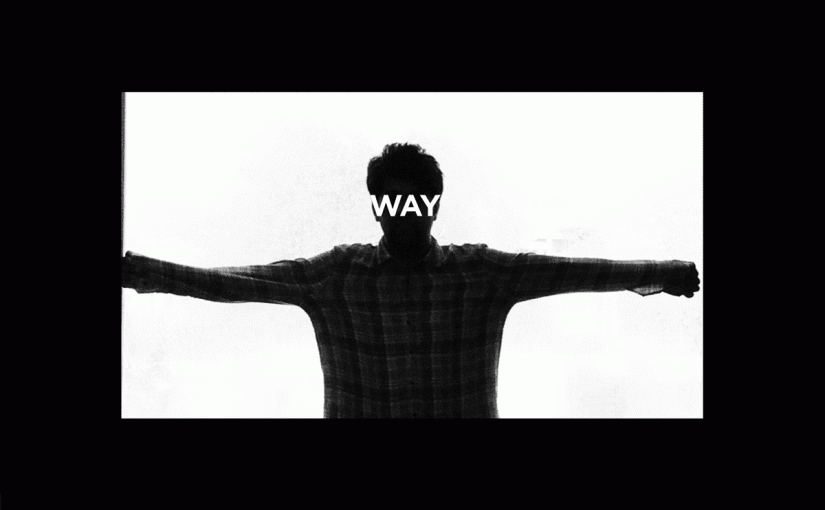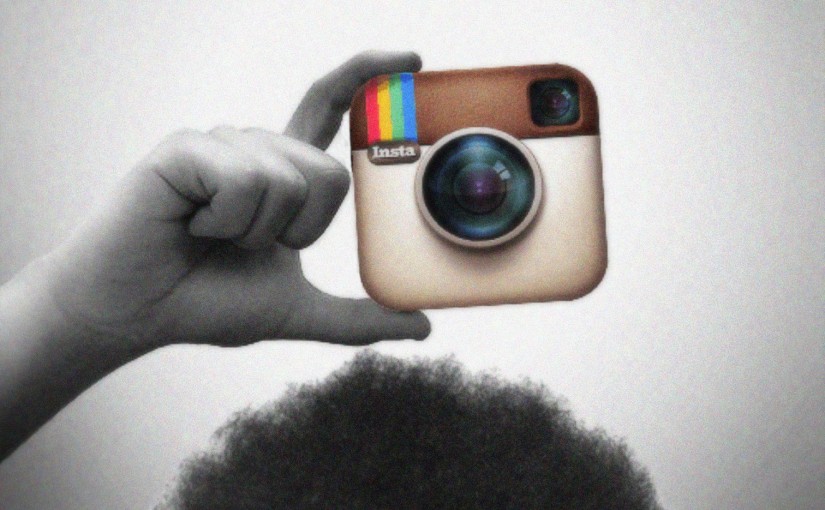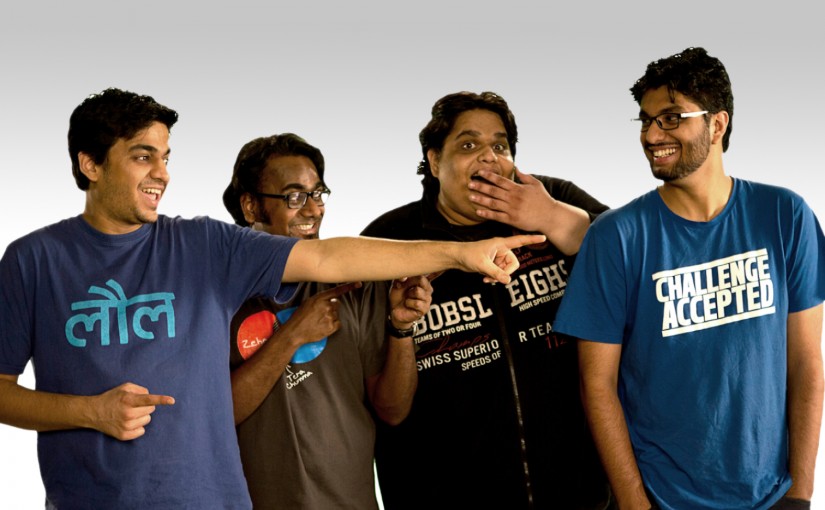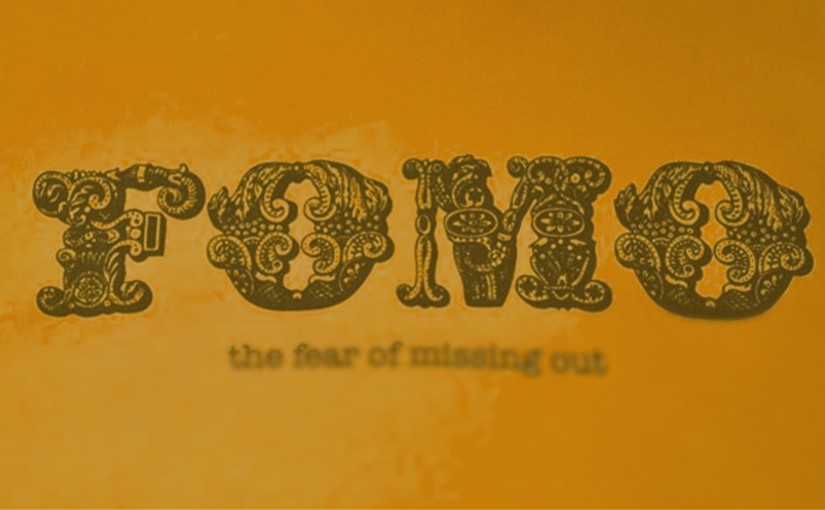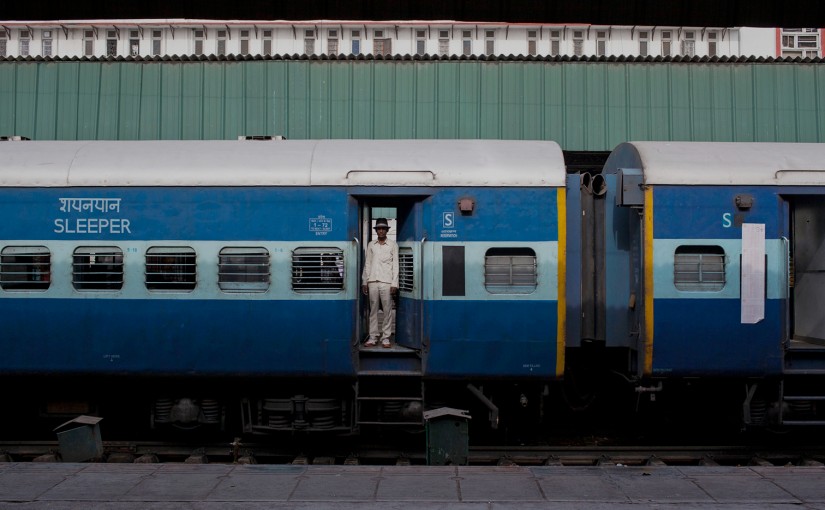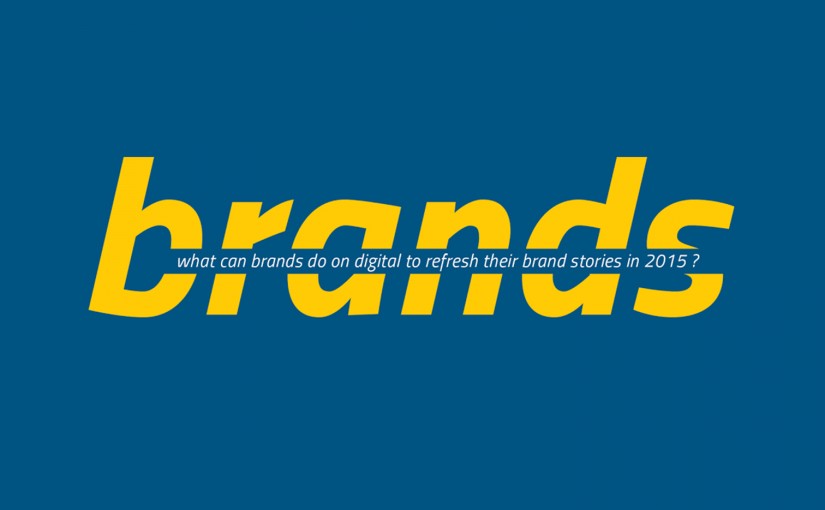Drop us a few lines about the task and we will get back immediately to see we how we can take the discussion forward. Alternately, just pick up the phone and speak with us at +91 9910034330 and we would be happy to help.
- - Do tell us a little about the nature of your business.
- - Be specific about what you’d like us to help you with.
- - Knowing your budget always helps us plan a suitable intervention.
- Blog
Mobile money
-
Mobile money
I remember my first class in Economics – “Evolution of money”. The lecturer took us through the lugubrious story right from barter to paper money, while we were dozing off in the last benches of the classroom. I was reminded of this story today, when I sat reading about ‘mobile money’. Money has come a long way and changing face every day. For those of you who might not know, it is a pretty new concept in India. Mobile money was introduced in India as a pilot project in Pune in May, 2010. After the successful test, now the services are commercially available to all Yes Bank and Nokia customers wherein they can pay for shopping and bills directly from their Nokia mobile phones. Mobile marketing could potentially change because of this service.
 Yes Bank received regulatory approvals from the Reserve Bank of India (RBI) to act as the custodian of funds for ‘mobile money services’. They have entered into a partnership with Obopay and Nokia, owing to their widespread retail network. Obopay has been a pioneering service provider for payments via mobile phones. Airtel Mobile Money Transfer existed but it served only as an extension of mChek. Beam is another service, which had begun with the mobile money services and had begun recruiting rural youth as sales agents. Beam was essentially targeted at rural youth. However, Nokia’s agents would enjoy more trust and reach. Eko is another such service which uses mobile technology to democratize financial services for the un-banked.
Yes Bank received regulatory approvals from the Reserve Bank of India (RBI) to act as the custodian of funds for ‘mobile money services’. They have entered into a partnership with Obopay and Nokia, owing to their widespread retail network. Obopay has been a pioneering service provider for payments via mobile phones. Airtel Mobile Money Transfer existed but it served only as an extension of mChek. Beam is another service, which had begun with the mobile money services and had begun recruiting rural youth as sales agents. Beam was essentially targeted at rural youth. However, Nokia’s agents would enjoy more trust and reach. Eko is another such service which uses mobile technology to democratize financial services for the un-banked.News source: Business Standard, Plugged.in
What could be the possible impact:
- Mobile money can be quite a game changer in the banking sector, mobile marketing and utility payment services. It is connecting the common man with banks. India has 600 million mobile subscribers and 46% of these mobile users don’t have a bank account. PC penetration as we all know is quite low in India.
- P2P (person to person) money transfer service will be embraced by the rural population at large. There is an existing service which allows immigrant workers to send money back home but charges an additional 2-5% of the total amount, for the services. A desire for cheaper service would be more than welcome. Micro-credit could largely benefit from it.
- Mobile money services provide for two types of accounts on the basis of usage :-
- “Easy pay” is for paying utility bills
- “Easy Send” is what interests me. It allows me to send money to recipients who also have a mobile account. Money transfers would become extremely easy.
However, there could be a few bottlenecks in the successful implementation:
- Currently this service is only available at the Yes Bank. For pan-India operations they might have to tie-up with other bank gateways. Alternately they would have to install the system at every store, which could prove to be a quite a task.
- RBI is seeking to plug in all the loopholes that might lead to scandals and scams.
This particular service currently is available only on Nokia handsets but would soon be made available on SMS, GPR and IVR and will not be limited to Nokia users which would make it seamless. It has the potential to connect all of us and could become a mass media for consumption. I am really keen to see how this would eventually grow beyond a particular network. Would keep you posted on the interesting developments about the concept.
Disclaimer: Views of authors are personal and do not represent the views of Blogworks, or any of its clients.
-
Contact
conversations@blogworks.in
+91-9910034330 -
Newsletter
-
Social














